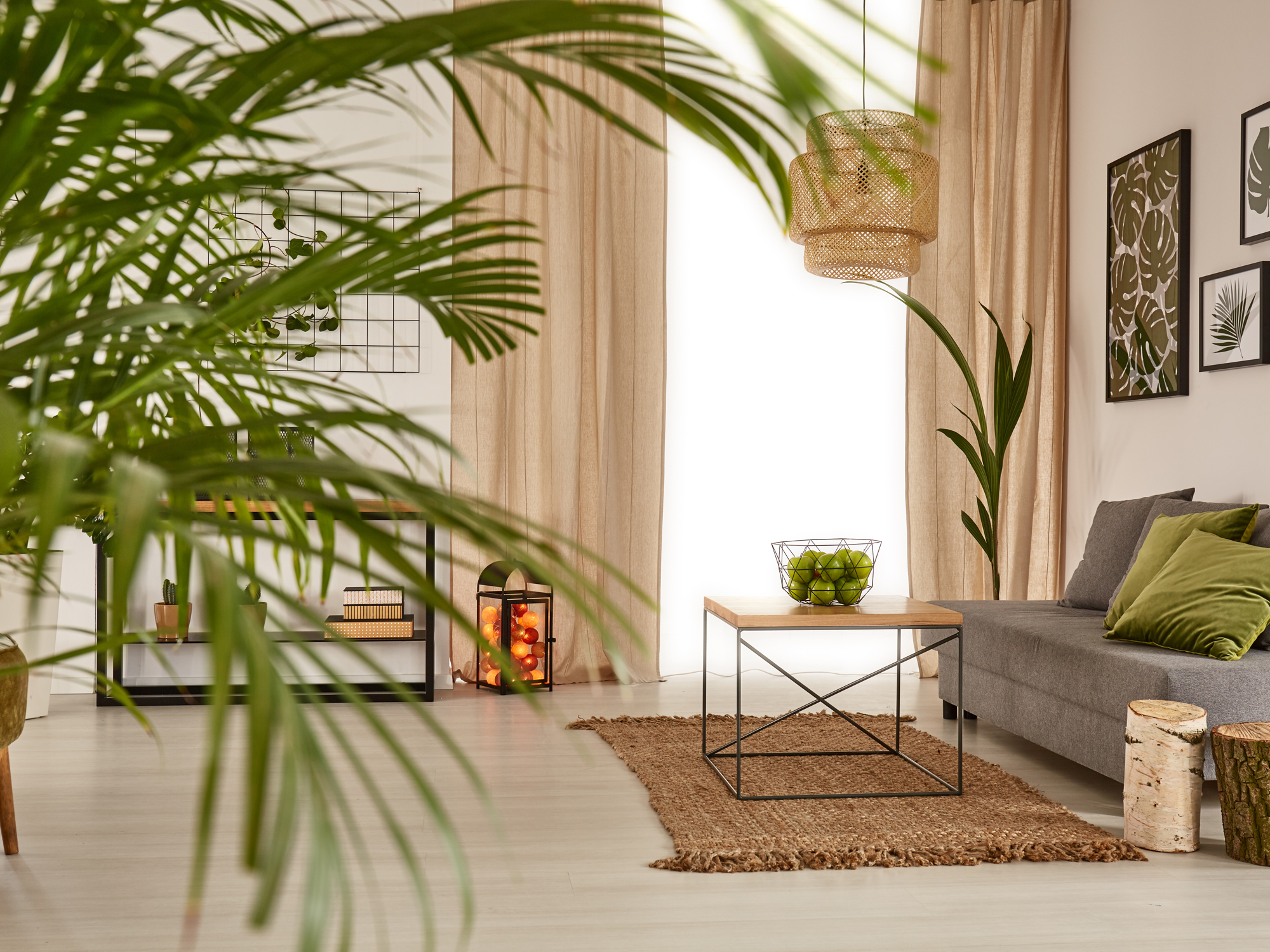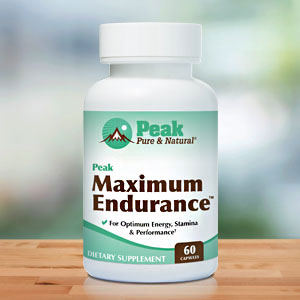Get Easy Health Digest™ in your inbox and don’t miss a thing when you subscribe today. Plus, get the free bonus report, Mother Nature’s Tips, Tricks and Remedies for Cholesterol, Blood Pressure & Blood Sugar as my way of saying welcome to the community!
10 houseplants NASA says will make you feel better

NASA scientists may have uncovered an unusual way to get a better night’s sleep. And it’s completely natural and extremely inexpensive.
Even better, this same unusual method for sleeping better will help you fend off colds and feel less anxious too.
So what does research from the world’s most revered scientists suggest you do to tackle colds, insomnia and anxiety all at once?
Add a bit more greenery to your bedroom, that’s what…
Fewer colds, less anxiety and better sleep
Back in 1989, the scientists at NASA conducted The Clean Air Study to figure out what houseplants were best at getting rid of nasty toxins in indoor air.
Based on the results of this study, journalists from Elle Décor and the Joy of Plants recently developed a list of the top 10 plants that, when added to your bedside table, could make a big difference in your sleep and health.
Before I give you the list of plants and send you on your way to your local plant nursery, let me explain why houseplants have the power to improve your sleep and health…
As you probably already know, plants purify the air. And even in your most sacred and private sanctuary — your bedroom — there’s a lot to purify.
Chemicals like trichloroethylene, formaldehyde, benzene, xylene and ammonia seep from paint, plastics, leather, plywood, paper products and other everyday items into our indoor air.
Depending on the amount of the chemical and length of time you’re exposed to it, these chemicals can make you dizzy, confused, give you a sore throat, give you a headache, cause liver and kidney damage, cause heart problems or even put you into a coma.
So they’re not great for you. And since most of us spend 90 percent of our time indoors, finding ways to get them out of our air should be a top priority.
Of course, besides purifying the air, there’s another, more simplistic reason houseplants are good for you: People find plants calming. Greenery, whether indoors or outdoors, is known for easing anxiety and improving mood, which is why they may be able to help you sleep.
So which houseplants would be the most beneficial addition to your bedroom? Well, according to the research from NASA and the analysis from journalists at Elle Décor and the Joy of Plants, these are the houseplants you should put on your shopping list if you want a better night’s sleep and better health:
- Areca Palm: This plant releases moisture in the air, making it easier to breathe and fall asleep. Because it helps you breathe easy, it’s also one of the best houseplants for people who get a lot of colds or have chronic sinus issues.
- Aloe Vera: This plant does more than just heal sunburns. It’s an air-purification powerhouse, because it releases oxygen all night long. It’s also great at sucking the chemicals benzene and formaldehyde out of your air.
- English Ivy: Research suggests that if you buy an English Ivy plant today, you could get rid of 78 percent of airborne mold in as little as 12 hours.
- Dwarf Date Palm: A good, hardy choice if you don’t necessarily have a green thumb, this plant is highly efficient at getting rid of airborne chemicals like xylene.
- Boston fern: This beautiful fern is among the top 10 air-purifying houseplants identified by NASA in their study. It’s especially great at getting rid of formaldehyde.
- Chinese evergreen: This one’s easy to take care of, because it doesn’t need much light. It’s also know for becoming even better at removing toxins from the air the longer you have it.
- Peace Lily: This gorgeous lily removes mold spores from the air and can improve your indoor air quality by 60 percent.
- Spider Plant: If you head to the store and buy a spider plant now, two days from now, you’ll have 90 percent less toxins in your bedroom air. Scientists say if you have dust allergies, this one’s really helpful.
- Lady Palm: This plant’s best known for purifying your air of nasty toxins like formaldehyde, ammonia, xylene and toluene.
- Weeping fig: Your carpeting and furniture are some the largest sources of formaldehyde, benzene and trichloroethylene in your home. But the weeping fig can save you from these dangerous chemicals by sucking them out of the air.
About houseplants and pets…
Now, if you have pets, be warned… some of these plants are toxic to dogs and cats. As a pet owner, that’s always something you should check for before bringing new plants into your home.
You can look up any plant that you’re planning to purchase in the ASPCA’s searchable Toxic and Non-Toxic Plants List to make sure it’s safe for your pets.
Once you know which houseplants are safe for your pets, decide what plants fit best with your bedroom décor and most closely match your health goals. Then you can head to the store and buy a bit of greenery!
Editor’s note: Did you know that when you take your body from acid to alkaline you can boost your energy, lose weight, soothe digestion, avoid illness and achieve wellness? Click here to discover The Alkaline Secret to Ultimate Vitality and revive your life today!
Sources:
- The plants that NASA scientists say you NEED in your bedroom to beat colds, tight chests and insomnia — The Daily Mail. Retrieved October 27, 2017.
- This Graphic Shows the Best Air-Cleaning Plants, According to NASA — Lifehacker. Retrieved October 27, 2017.
- NASA Guide to Air-Filtering Houseplants — LoveTheGarden.com. Retrieved October 27, 2017.
- C. Wolverton, et al. A study of interior landscape plants for indoor air pollution abatement — NASA Technical Documents.















